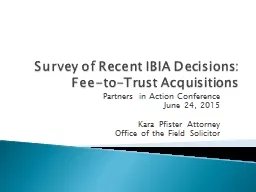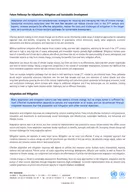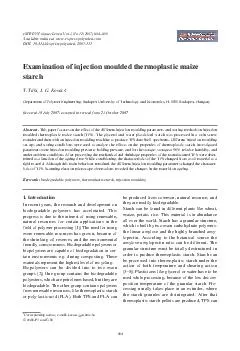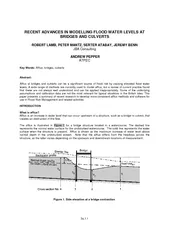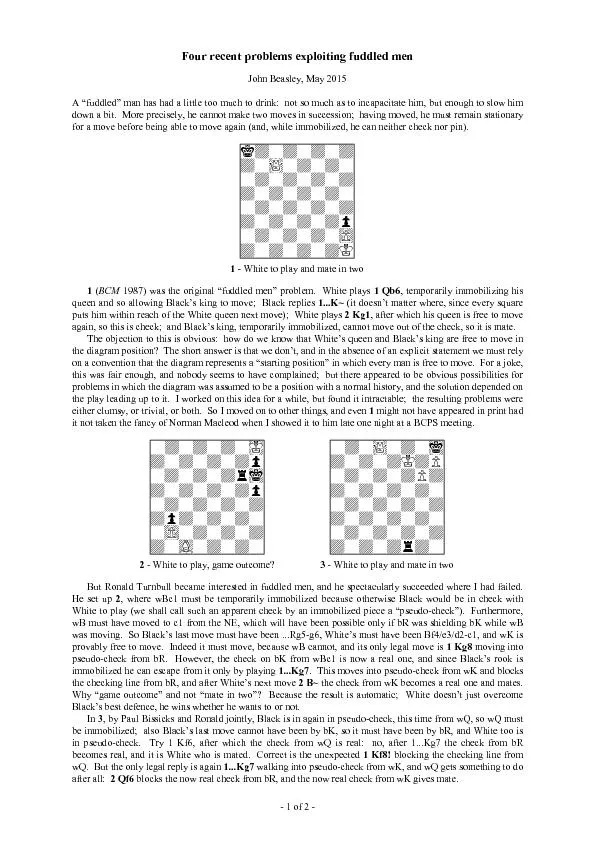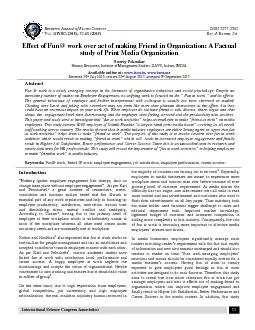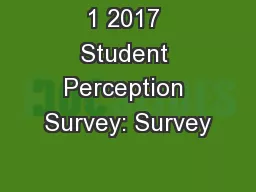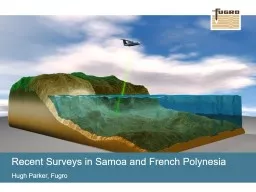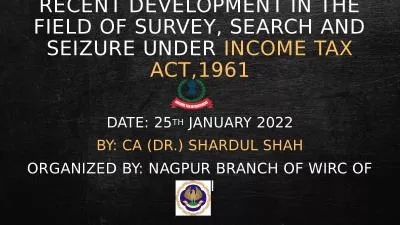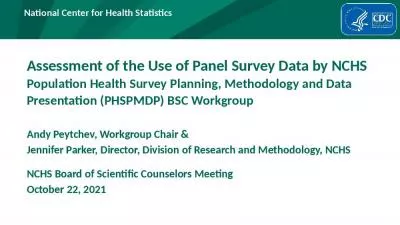PPT-Survey of Recent IBIA
Author : yoshiko-marsland | Published Date : 2018-09-23
Decisions FeetoTrust Acquisitions Partners in Action Conference June 24 2015 Kara Pfister Attorney Office of the Field Solicitor The IBIA exercises its delegated
Presentation Embed Code
Download Presentation
Download Presentation The PPT/PDF document "Survey of Recent IBIA" is the property of its rightful owner. Permission is granted to download and print the materials on this website for personal, non-commercial use only, and to display it on your personal computer provided you do not modify the materials and that you retain all copyright notices contained in the materials. By downloading content from our website, you accept the terms of this agreement.
Survey of Recent IBIA: Transcript
Download Rules Of Document
"Survey of Recent IBIA"The content belongs to its owner. You may download and print it for personal use, without modification, and keep all copyright notices. By downloading, you agree to these terms.
Related Documents

